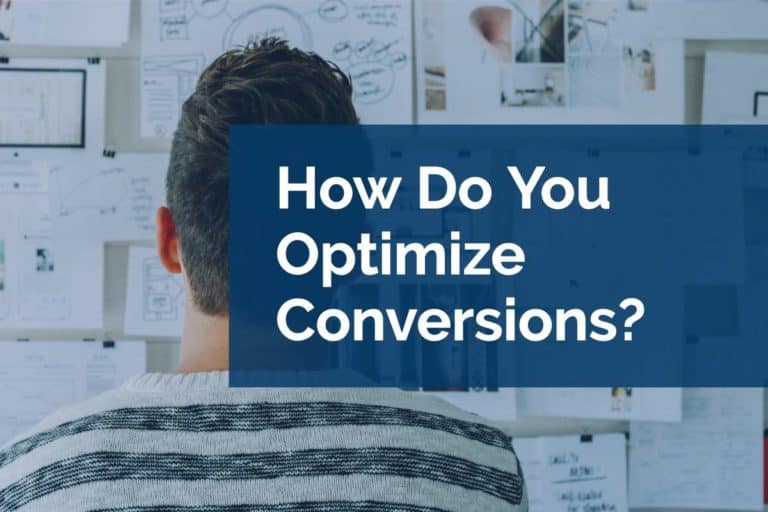Preparing For Your WordPress Site Migration
Migrating your WordPress site from one host to another can be necessary for a variety of reasons. Anything from dissatisfaction with your performance to a pricing concern could be the reason to change partners. Whatever the reason, it’s common for businesses to change hosts. Unfortunately, it’s also common for a site migration to go wrong. We’ll explore why a successful migration matters to your business. And we will review the steps you can take to ensure that your migration happens seamlessly.
Why a Successful Site Migration is Important for Your Business
Deciding to change website hosts means transferring all of the data on your site to the new host. A poor migration can cause long-lasting damage to your business and your reputation. If a visitor encounters downtime, receives error messages, or experiences slow performance after the migration it can have short and long-term impacts.
If a user’s first impression of your site happens during a poorly-executed migration, they’re likely to abandon your site and may not choose to visit it again. Even loyal visitors are apt to question the credibility of your business if they experience glitches as a result of your migration. An erroneous migration can also damage conversions, revenue and ROI, and user retention.
These immediate concerns don’t touch on the potential long-term functional issues caused by an unplanned move. Potential changes to your URL structure can cause lasting damage to your SEO rankings. Unmanaged redirects can mean the Google SERPs you fought so hard to claim are feeding users 404 errors. There are several things you can do to ensure a smooth migration.
6 Steps to Successfully Prepare for a Site Migration
The following steps will help mitigate risks that arise during a WordPress migration from one host to another. Taking these precautions will greatly reduce the likelihood of roadblocks and user problems during your migration.
1. Review
Walk through the elements that may be changing as part of this migration. Is your WordPress site being served from a subdirectory on the old host and won’t be on the new? Make sure to track anything that is going to result in a change to your URL structure.
2. Backup
Before your data and content move anywhere, it’s critical that you back everything up to an external source to protect yourself during the migration. This way, should things go sideways, your data is safe. Losing data during migration is a huge setback for businesses who haven’t properly backed up beforehand. In these cases, you may be forced to start from scratch and rebuild your entire site and its contents. When you’ve backed up beforehand you can always recover any data or content that may be lost in the transition. It’s important to also have a plan to roll back your migration. A backup does you no good without a fast way to recover it.
3. Schedule
If your domain name was purchased along with your hosting account, there can be some downtime associated with a website migration. In order to reduce the chance of this downtime, you should schedule some time before the migration to transfer your domain name to a separate registrar. Properly scheduling your migration goes a long way in making the transition have as little impact on your users as you can control.
In addition, you’ll want to avoid scheduling a migration at the same time that you’re adding new content or making other changes to your site’s design. Too many changing variables at once can easily lead to disaster, so take it one step at a time and plan your migration for a time when you’re not performing other updates.
You’ll also want to take the time of day into consideration when planning your migration. This means studying your analytics to determine your peak hours and your quietest time of day when you have the fewest visitors. For most businesses, this happens in the middle of the night, giving you time to make the migration while disrupting the fewest number of visitors as possible.
4. Communicate
It’s normal for businesses to make changes to their site, and customers can usually respect this, provided that you give them fair warning of your plans. Unannounced disruptions in service leave your users in the dark and uncertain about why they can’t access your site. To prevent confusion and user dissatisfaction, communicate your site migration plans to your users ahead of time. This might mean adding a banner to your homepage letting them know the date and time of scheduled maintenance and communicating it via your social media channels.
5. Confirm the Capacity of Your New Host
This is part of the pre-migration planning stage – determining whether your new web host can handle your needs, both current and future. It’s important to think about the long-term plans you have for your site. A small eCommerce store may want to add hundreds of additional products in the future and will need a host that can handle the boost in traffic. Or, a SaaS business may expand their offerings, making it essential to have a host that can scale with their growth and accommodate the increase in users.
6. Test
Never assume that your migration has gone perfectly without confirming it for yourself. Before you congratulate yourself on a job well done, test your pages to make sure all links are working, pages are loading at an optimal speed, and all of your users’ functionality is intact. Depending on the size of your business or the type of site you have, you may require a third-party team. An external team can have the resources to quickly test and confirm migration success and minimize downtime.
Should any problems arise, it’s important that you’re on standby with proactive troubleshooting strategies that you can implement right away to avoid further delays. This might mean amping up your support team during this time or bringing in expert advisors who can give you the guidance and the solutions that you need to quickly recover from any downtime or other migration-related issues.
Website Migrations Can Be Scary
Migrations are necessary for many businesses who have growing and changing needs. Many businesses fail to plan or don’t take the time to properly consider the issues that can arise during a migration. Making the move from one host to another has the potential to be a disastrous situation if you don’t exercise caution and take the required steps ahead of time to protect your site, your data, and your users.
We’ve walked a lot of folks through a variety of migrations. No matter how many moving parts there are they can be planned for and there is a path. If you need help reviewing your site or working through a site migration, please reach out. We provide consulting services or can perform the move with you.






